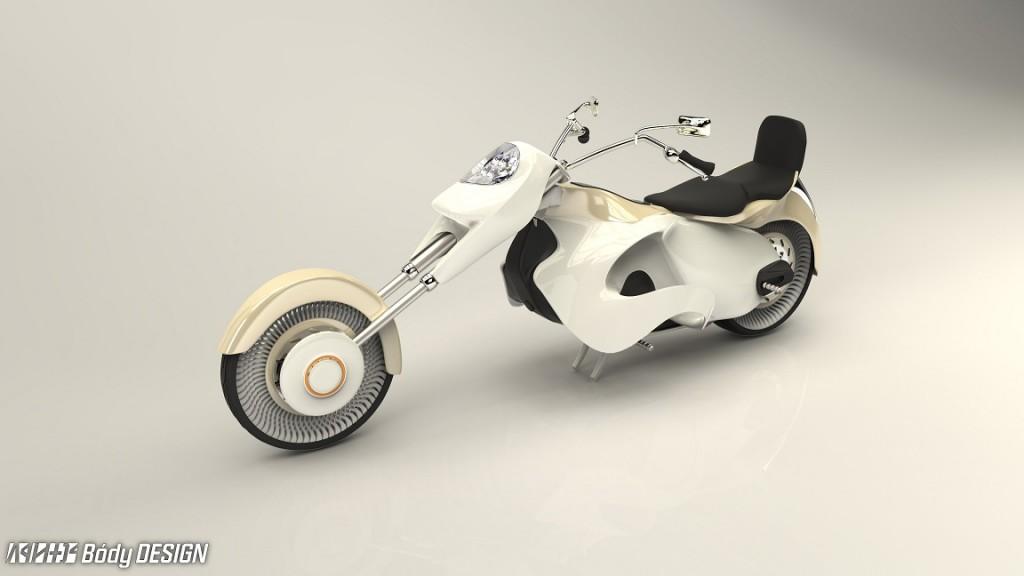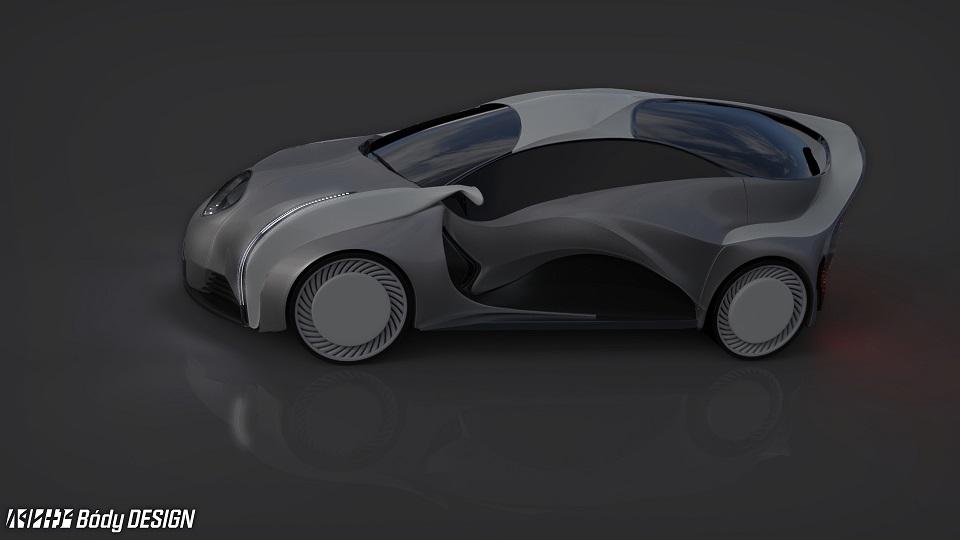 The automobile industry is in the midst of what may be the biggest shakeup in its 130 year history. Between ride sharing services, the influx of electric vehicles like the Tesla Model S, and the incredible work being done by companies such as Local Motors to 3D print automobiles, the next couple decades may be revolutionary.
The automobile industry is in the midst of what may be the biggest shakeup in its 130 year history. Between ride sharing services, the influx of electric vehicles like the Tesla Model S, and the incredible work being done by companies such as Local Motors to 3D print automobiles, the next couple decades may be revolutionary.
Last year we covered Local Motors, a Phoenix, Arizona-based company, extensively. They have set out to begin producing 3D printed vehicles out of an ABS/carbon fiber composite material. They have already printed out several of their Strati cars, with plans now to open up dozens of microfactories over the next five years throughout the world.
The convergence of several advancing technologies promise to change the way we interact with the vehicles around us on a daily basis. Although Local Motors’ Strati vehicle may not be the future of vehicle design, the technology used to produce the car certainly could lead to a much more customizable, on-demand, manufacturing process.
One Italian design student, named András Bódy, has taken the ideas presented by Local Motors and other companies looking at similar production methods, and has presented his own concept of what a future 3D printable vehicle may look like. Bódy, who is using the concept for his thesis dissertation for a class called ‘Master of Arts in Design’ at the Nuova Accademia di Belle Arti Milano, has presented a couple of quite intriguing designs.
“I have a theory about the future of the automotive industry, well explained in my thesis,” Bódy told 3DPrint.com. “I think that the traditions of the automotive industry are coming to an end, and a new era is about to begin. We can see clear signs of the rise of car sharing systems and growing public transport. Big cities don’t tolerate the same amount of private vehicles, as the companies investing in the industry would like to see at the end of the assembly lines. I believe, the number of private vehicles (compared to the growth of global population) will decrease in the near future. This is a great opportunity to custom design and also a great threat to traditional industry.”
Customization often requires complexity. If car manufacturers can no longer rely on mass production via molds, they will be forced to turn to other means of productions such as 3D printing, where complexity is free. Bódy’s designs are certainly complex.
Called the Jenifer 1, his concept for a 5-seater station wagon has a shape inspired by the skull of a wolf. In the front and center of the vehicle is a middle front lamp which can be used for extra lighting, and is placed where the wolf’s nose or snout would be. He had to be extremely careful to make sure the vehicle would conform to international standards which require two of each light on each side of the vehicle so that it is not mistaken for a motorcycle.
light on each side of the vehicle so that it is not mistaken for a motorcycle.
“The wolf inspiration came from a simple vision,” explained Bódy. “I chose to use skulls as reference because they look like a naturally engineered durable structure. Then I concentrated on predator mammals, because they have this aggressive, aerodynamic and design language.”
The concept Bódy has presented includes the design, a business plan, how it may be produced, and the general ideas which may push it forward. Although the dissertation has not been made public as of yet, Bódy has given us an exclusive look.
The material for the body is a carbon-based composite which can be easily extruded and printed at high temperatures. The entire frame of the car will indeed be printed. With a fully electric drive train and an interior made with sustainable materials, the car is certainly eco-friendly.
“Jenifer is just a simple car concept that represents my theory about the changes within the industry,” explained Bódy. “With the technology of 3d printed bodyworks, customers (especially high-end customers) will have the privilege of choosing designs for themselves, with more freedom to find their own taste among the solutions provided by automotive designers. 3d printing is also useful for producing more complex and natural structures for vehicle frameworks.”
Additionally, Bódy has presented a 3D printable motorcycle concept which he calls the Arthur 1. Like the Jenifer 1, this vehicle’s basic design features are also inspired by the skull of a wolf, and it is purely electric. If 3D printing a motorcycle also sounds a bit ‘out there,’ then you may want to consider companies like Energica, which has already begun building many parts for such vehicles with 3D printers.
Will either of these be the future of 3D printable transportation? Probably not. However, with that said, the design concepts which Bódy has presented could be used as inspiration by companies like Local Motors, or Energica, as they seek the best design philosophies for future production. We may still be a decade or more away from vehicles like these regularly seen on our roads, but this is certainly the start of something which could revolutionize the automobile industry. As 3D printing technology progresses ever further in the years to come, it will be interesting to watch as new design concepts are enabled and then capitalize upon.
Will the future of vehicle design be customizable thanks to 3D printing? Let’s hear your thoughts on these two concepts in the Jenifer 1 & Arthur 1 forum thread on 3DPB.com.

Subscribe to Our Email Newsletter
Stay up-to-date on all the latest news from the 3D printing industry and receive information and offers from third party vendors.
Print Services
Upload your 3D Models and get them printed quickly and efficiently.
You May Also Like
Consolidation in AM: How 2025 Is Shaping the Industry’s New Normal
The first half of 2025 has been marked by a clear shift in the additive manufacturing (AM) industry. Companies are no longer just focused on developing new tech by themselves....
Etsy Design Rule Change Reduces Selection of 3D Printed Goods
Online marketplace Etsy has implemented a rule change requiring all 3D printed goods on the site to be original designs. The update to the site’s Creativity Standards states, ¨Items produced using...
U.S. Congress Calls Out 3D Printing in Proposal for Commercial Reserve Manufacturing Network
Last week, the U.S. House of Representatives’ Appropriations Committee moved the FY 2026 defense bill forward to the House floor. Included in the legislation is a $131 million proposal for...
Transforming From Tourist to Native: Duro CEO Michael Corr Explains Why the Company Rebuilt its PLM Software on AI
In these early innings of the AI boom, many market analysts have expressed concern that AI spend has gotten too far ahead of the technology’s proven ability to deliver significant...






































